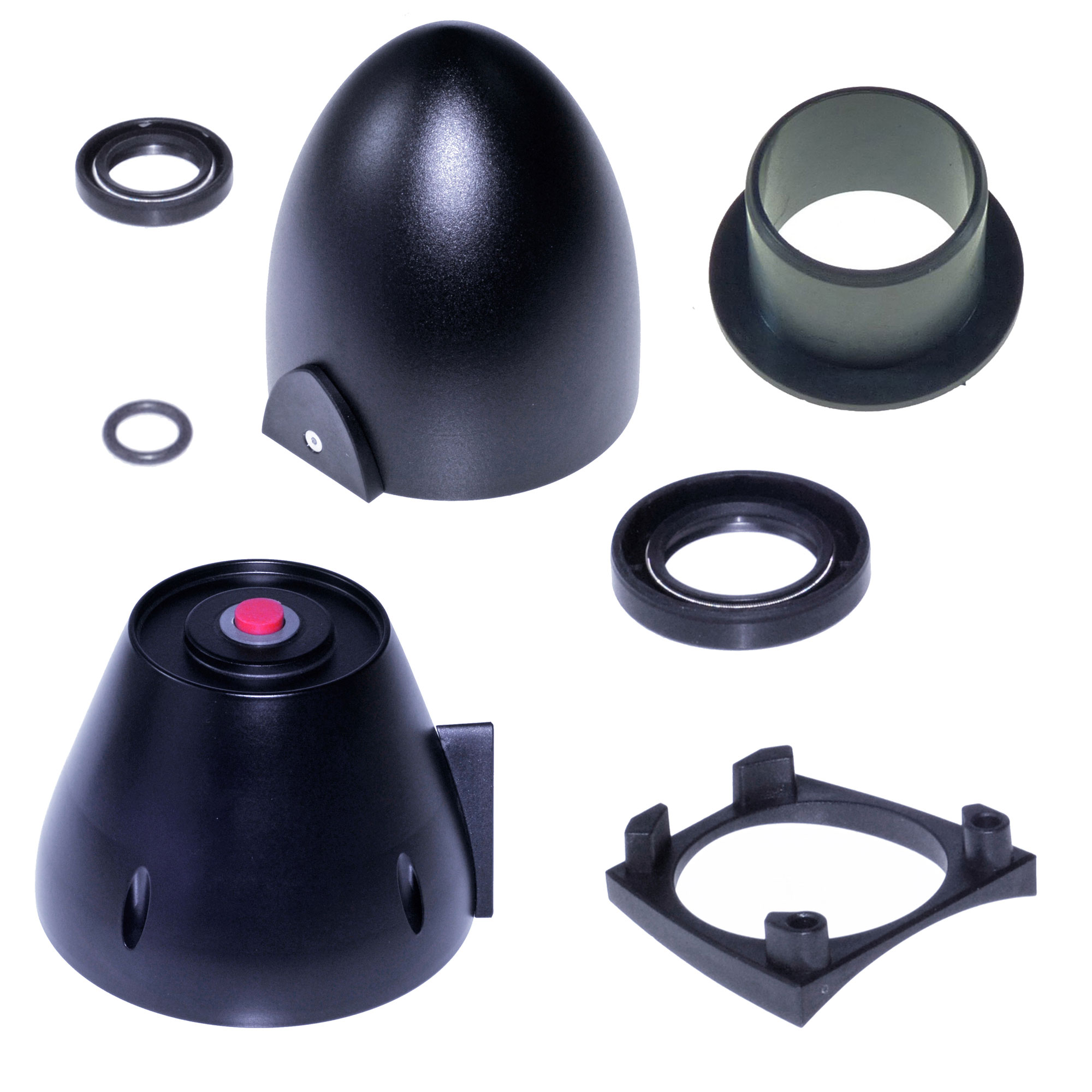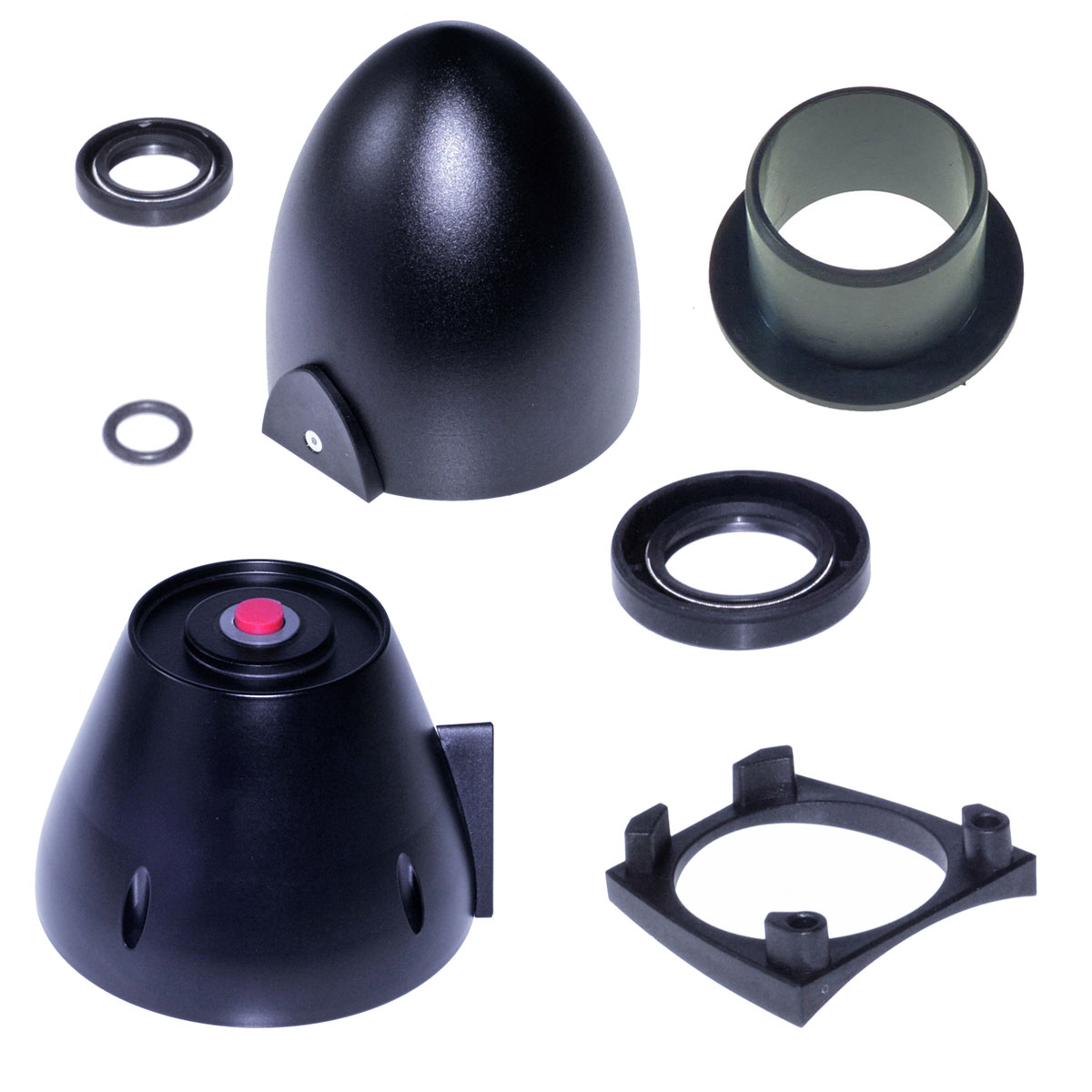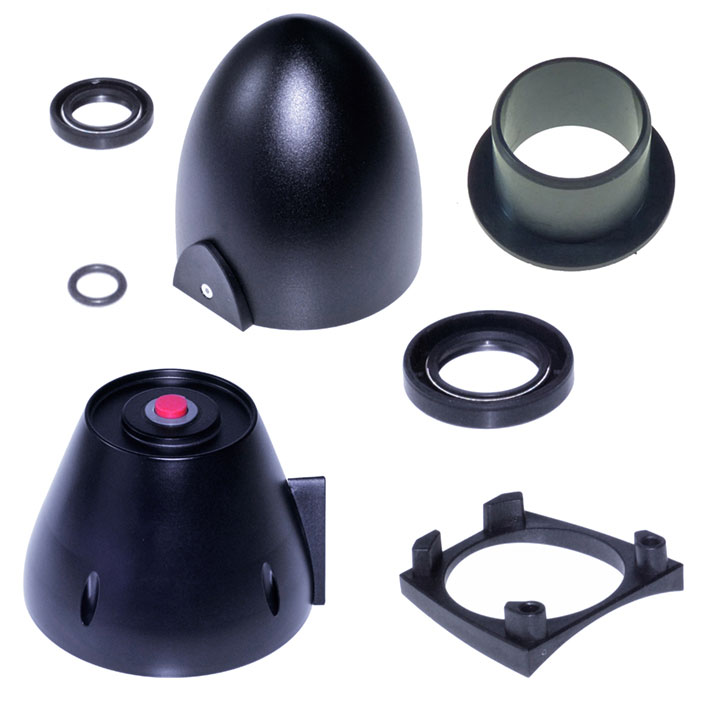Pylon II 2015-2016



Illustration not true to scale
$ 152.27
$ 101.39
$ 2.77
$ 1.07
$ 2.24
$ 8.32
$ 3.41
$ 5.28







